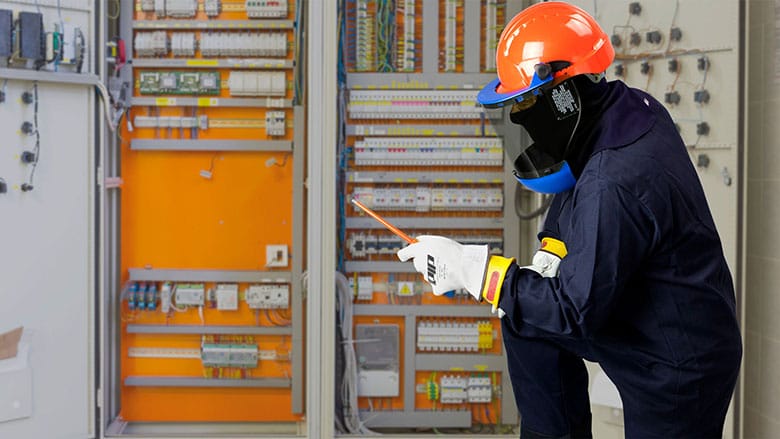
In arc flash environments, protecting the head and face isn’t optional—it’s critical. A split-second arc blast can release temperatures hotter than the sun, project molten metal, and blind workers with searing light. Standard hard hats or safety glasses simply aren’t enough.
This is why arc flash hoods and face shields exist: to provide full-coverage protection for the most vulnerable part of the body—your face and head.
Why Head and Face Protection Is Essential in Arc Flash Zones
The head and face are exposed zones in most PPE setups—and during an arc flash, this can be deadly. Without proper coverage, workers risk:
- Thermal burns to the face and neck
- Eye injuries from flying debris and molten particles
- Temporary or permanent blindness from intense UV and infrared light
- Inhalation of hot gases released in the blast
Even if a worker is wearing arc-rated clothing, exposing the head or face can still result in fatal injury. That’s why NFPA 70E requires complete head and face PPE when working within an arc flash boundary.
Arc Flash Hood vs. Face Shield: What’s the Difference?
Though often used together, arc flash hoods and face shields have distinct roles—and choosing the right one depends on the incident energy level and task type.
| Item | Description | Best Use Case |
|---|---|---|
| Arc Flash Hood | Full head, face, and neck coverage, typically includes built-in helmet and shield | High-energy CAT 3–4 tasks, such as substation or switchgear access |
| Arc Flash Face Shield | Clear visor mounted on a helmet, protects face only | Lower-energy tasks (CAT 1–2), such as panel access or inspection |
Many hoods now feature ventilation fans, anti-fog coatings, and lightweight fabrics to balance safety with comfort during extended use.
✅ Tip: Never use a regular face shield or welding helmet in arc flash zones unless it’s explicitly arc-rated and tested to ASTM/ANSI standards.
Light Transmission Ratings, Anti-Fog Coatings, and Visibility
A common complaint among arc PPE users? "I can’t see what I’m doing." That’s why visibility is a major factor when choosing a hood or shield.
Key visual features to look for:
- LT Rating (Light Transmission): The percentage of visible light that passes through the shield. Look for LT ≥ 75% for clear visibility.
- Green or grey tinting: Used to reduce glare without compromising visibility.
- Anti-fog coatings: Prevent fog buildup during long shifts or humid conditions.
- Arc-rated transparent faceplates: Ensure visibility without sacrificing protection.
Some premium hoods now use nanotechnology coatings or dual-layer lenses to maximize clarity.
Compatibility with Hard Hats and Balaclavas
Your head and face PPE shouldn’t just protect—it should integrate seamlessly with the rest of your gear.
Common compatibility considerations:
- Hard Hats: Many face shields mount directly onto hard hats via brackets or universal adapters. Some hoods come with built-in Class E hard hats for electrical protection.
- Balaclavas: Required when wearing an arc flash face shield for Category 2+ tasks. Must be arc-rated and flame-resistant, protecting neck and sides of the face.
- Eyewear: Ensure that your face shield or hood accommodates prescription glasses or includes built-in anti-glare eye protection.
⚠️ Reminder: Combining non-compatible items (e.g., a non-arc-rated balaclava with a face shield) can create dangerous gaps in protection.
Testing Standards: ASTM F2178 and ANSI Z87.1
When purchasing arc-rated face and head PPE, don’t rely on appearances. The key is tested and certified performance.
Applicable standards include:
🔹 ASTM F2178
Covers the arc rating of face and head protection.
- Measures ATPV or EBT of the visor and fabric materials
- Simulates arc flash conditions in a lab setting
- Required for hoods and face shields in NFPA 70E-compliant systems
🔹 ANSI Z87.1
Focuses on eye and face protection, including:
- Impact resistance
- Optical clarity
- Coverage and side protection
- Markings for compliance
✅ Look for labels that show both ATPV (in cal/cm²) and ANSI Z87.1 compliance. A true arc-rated face shield will always show both.
Cleaning, Storage, and Replacement Best Practices
Arc flash hoods and face shields are not only safety gear—they’re investment pieces. To get the most out of them, follow these care guidelines:
🧼 Cleaning:
- Use mild soap and water or lens-safe cleaners
- Avoid ammonia- or alcohol-based products (can degrade anti-fog coatings)
- Wipe with soft microfiber cloth—never paper towels
🗄 Storage:
- Store in a hard-shell case or hanging PPE cabinet
- Avoid direct sunlight or hot environments (can warp visors)
- Keep away from oil, dust, and chemical exposure
🔄 Replacement:
- Replace if cracks, clouding, or warping appear
- Replace after any arc flash exposure—even if damage is not visible
- Follow manufacturer’s shelf life or usage guidelines
Some face shields include UV-sensitive aging indicators—a smart feature to track when it’s time to retire the gear.
Conclusion
The face and head are among the most exposed and vulnerable parts of the body during an arc flash event. Whether your team is working on energized switchgear or simply performing diagnostics in a high-voltage area, arc-rated hoods and face shields must be part of your PPE plan.
When sourcing arc flash face protection, make sure you get:
- Certified products tested to ASTM F2178 and ANSI Z87.1
- Compatibility with the rest of your PPE system
- Anti-fog, high-visibility designs for real-world use
- Clear ATPV rating labels and documentation
If you’re looking for reliable, field-tested arc flash hoods or face shields, I can help match the right gear to your worksite’s voltage, environment, and risk level.
📩 Contact: [email protected]
🌐 Visit: www.workwearsolutions.net
Zion Zhang
Recent Posts
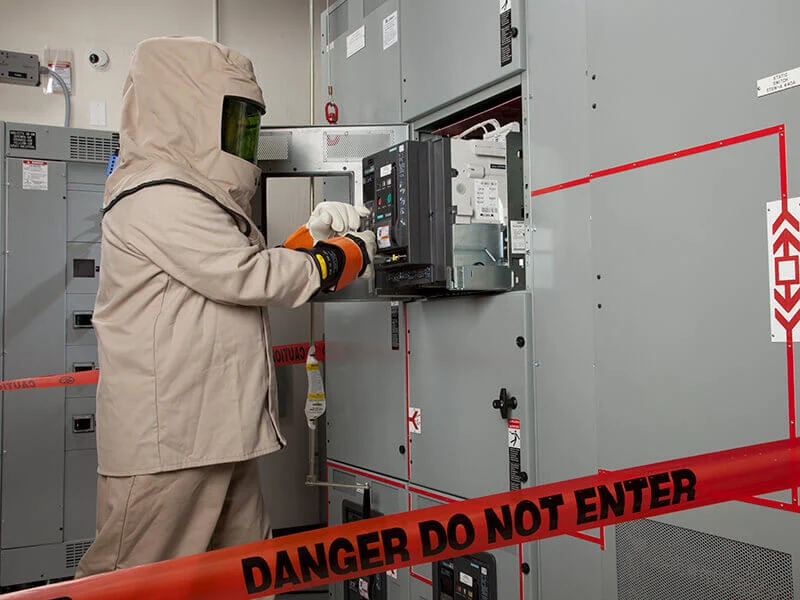 How to Conduct an Arc Flash Risk Assessment Before Selecting PPE2025年6月24日Buying arc flash PPE without a proper risk assessment is […]
How to Conduct an Arc Flash Risk Assessment Before Selecting PPE2025年6月24日Buying arc flash PPE without a proper risk assessment is […]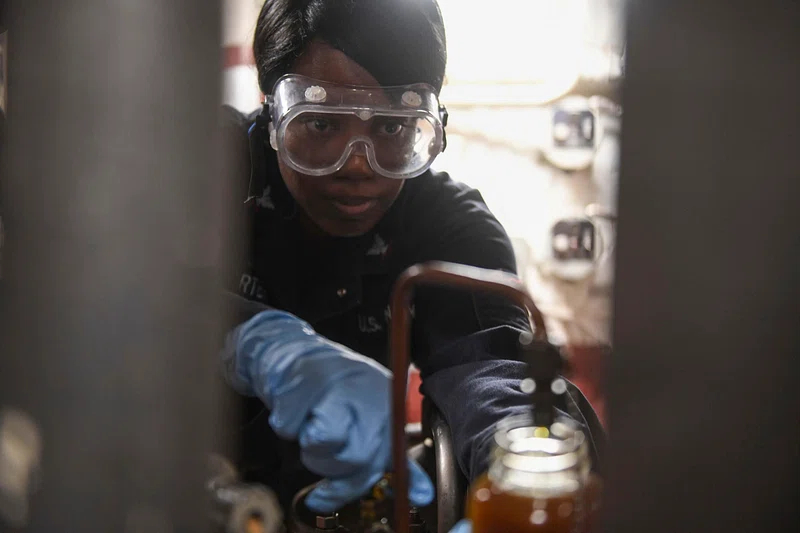 Arc Flash PPE Kits: Complete Protection in One Package2025年6月24日Building an arc flash PPE program from scratch can feel […]
Arc Flash PPE Kits: Complete Protection in One Package2025年6月24日Building an arc flash PPE program from scratch can feel […]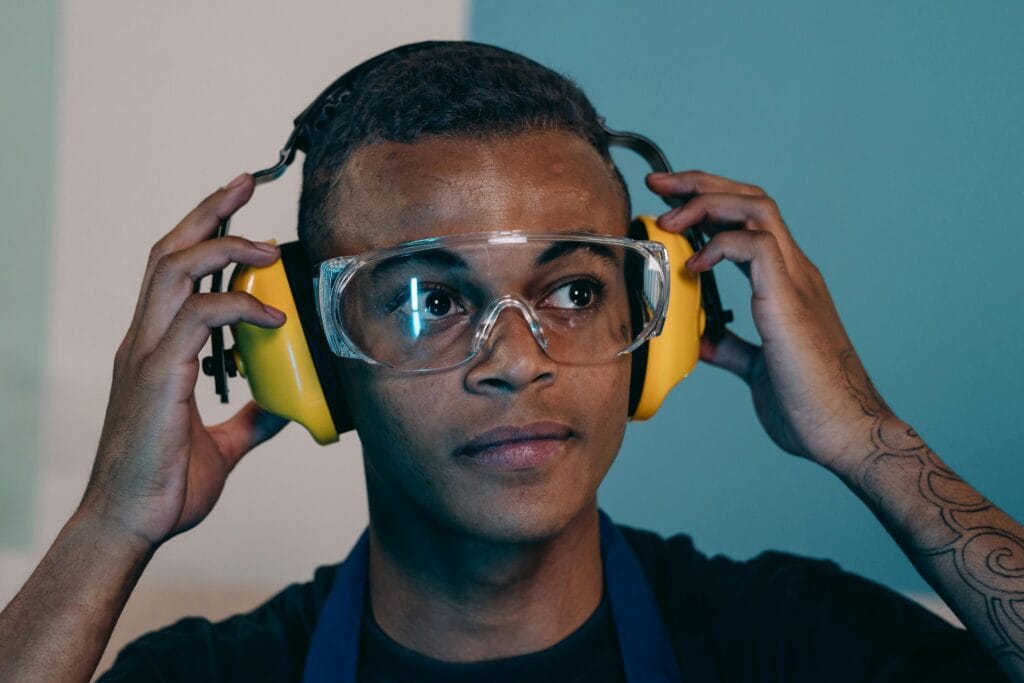 Hearing Protection in Arc Flash Incidents: An Overlooked Necessity2025年6月24日Arc flash injuries are often associated with burns and […]
Hearing Protection in Arc Flash Incidents: An Overlooked Necessity2025年6月24日Arc flash injuries are often associated with burns and […]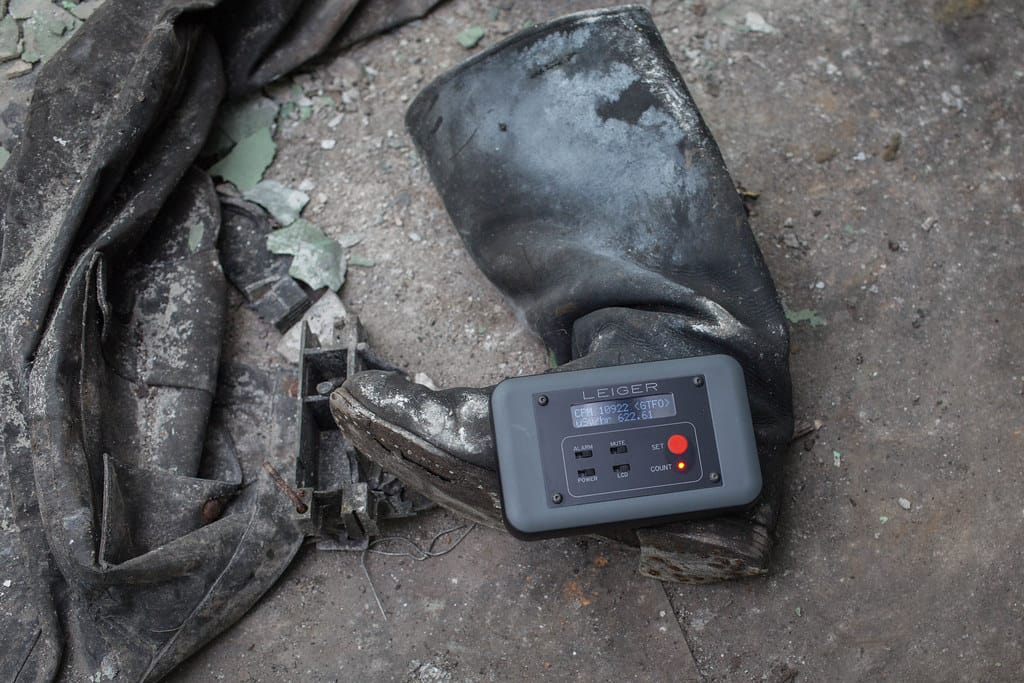 EH-Rated Safety Boots for Arc Flash Environments2025年6月24日In arc flash zones, every part of the body needs […]
EH-Rated Safety Boots for Arc Flash Environments2025年6月24日In arc flash zones, every part of the body needs […]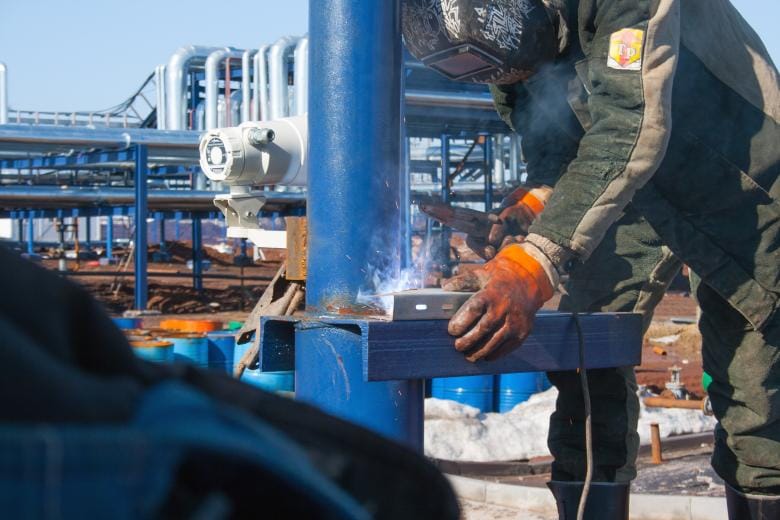 Arc-Rated Outerwear: Jackets, Coats, and Rainwear for Extreme Conditions2025年6月24日Electrical safety doesn’t stop when the weather turns cold […]
Arc-Rated Outerwear: Jackets, Coats, and Rainwear for Extreme Conditions2025年6月24日Electrical safety doesn’t stop when the weather turns cold […]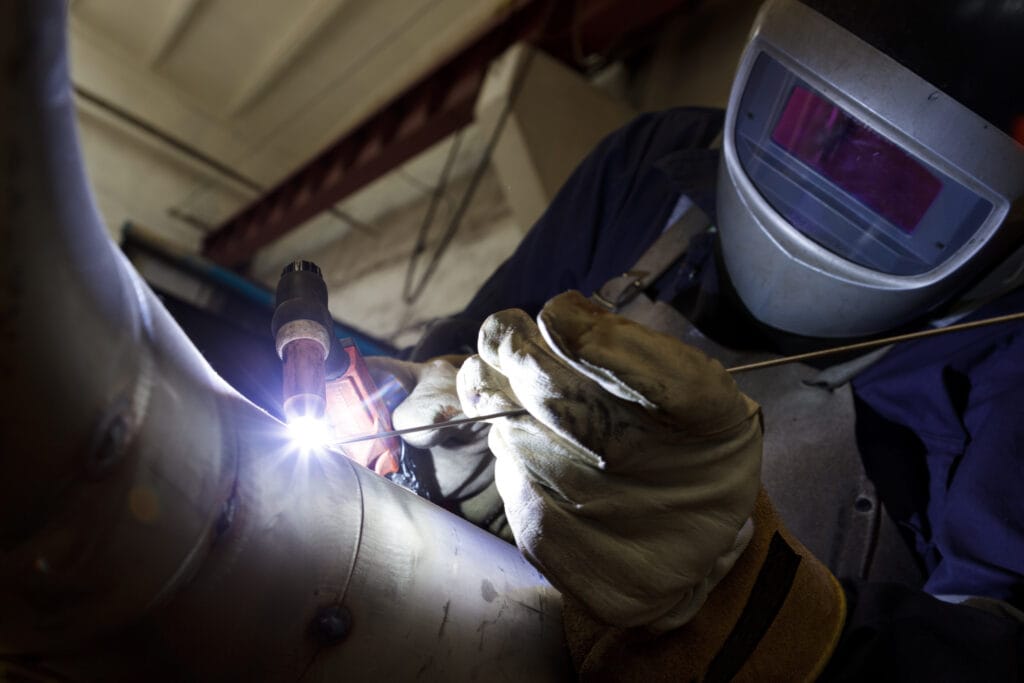 Voltage-Rated Gloves: Insulating Hands from Deadly Contact2025年6月24日Your hands are your most valuable tools—and in electrical […]
Voltage-Rated Gloves: Insulating Hands from Deadly Contact2025年6月24日Your hands are your most valuable tools—and in electrical […]
CONTACT US
- Feel free to contact us any time. We will get back to you as soon as we can!
- +86-17330061805
